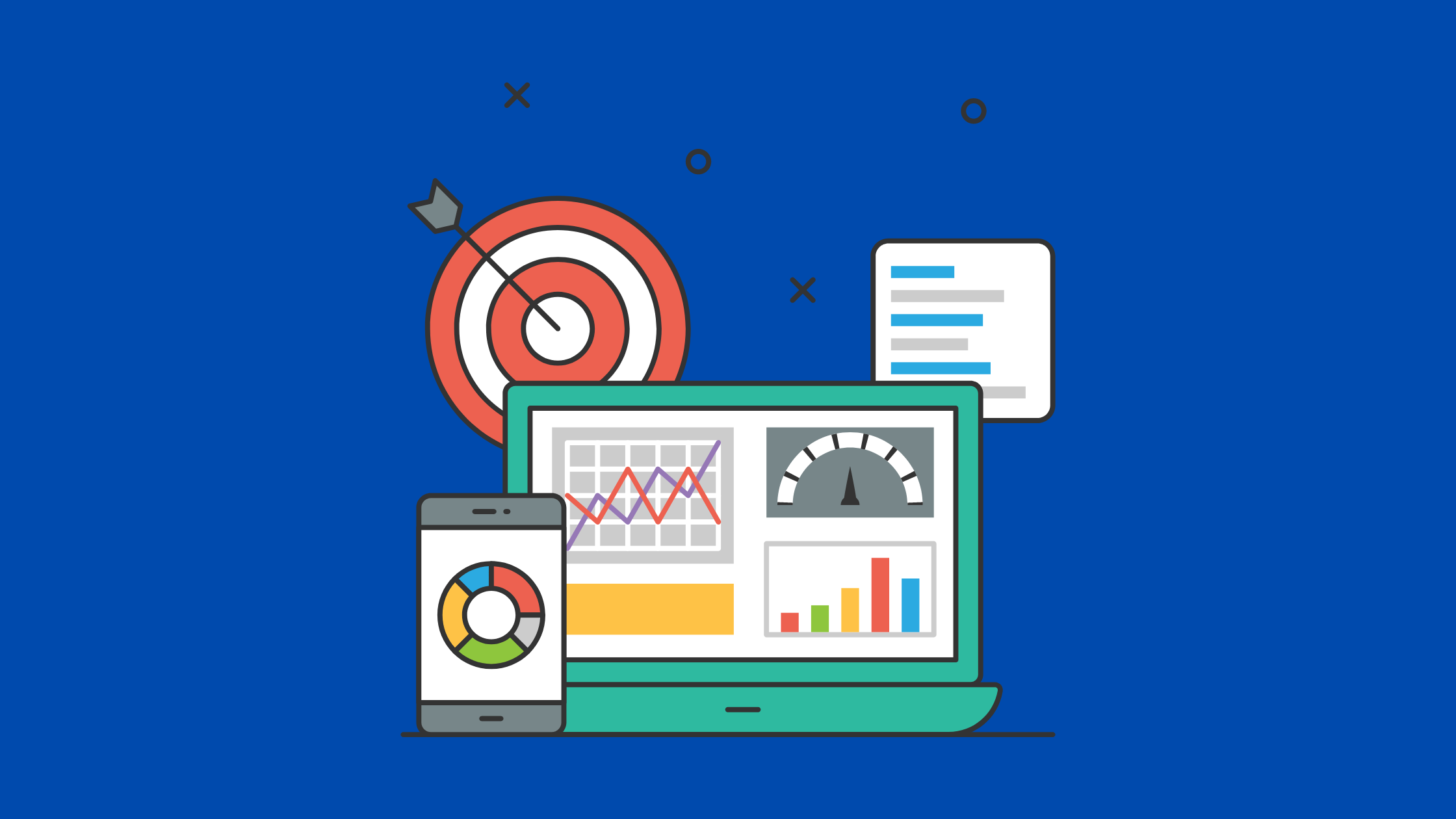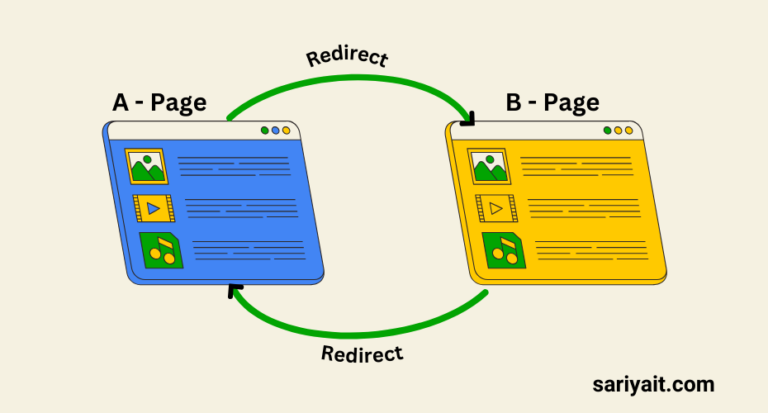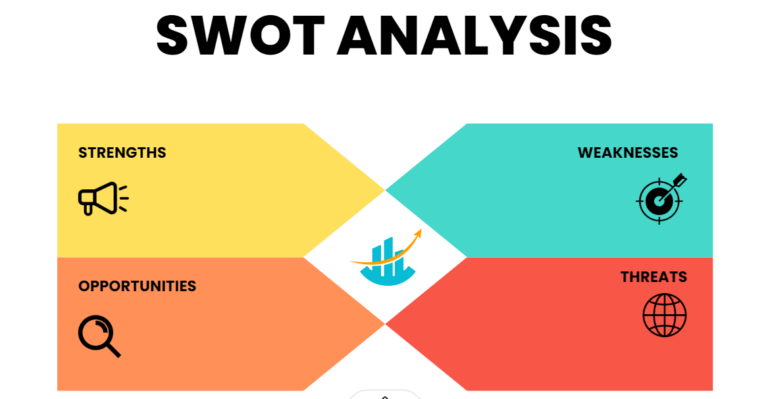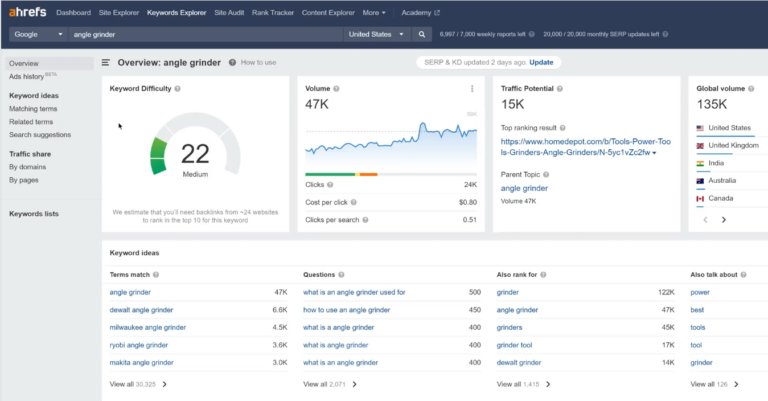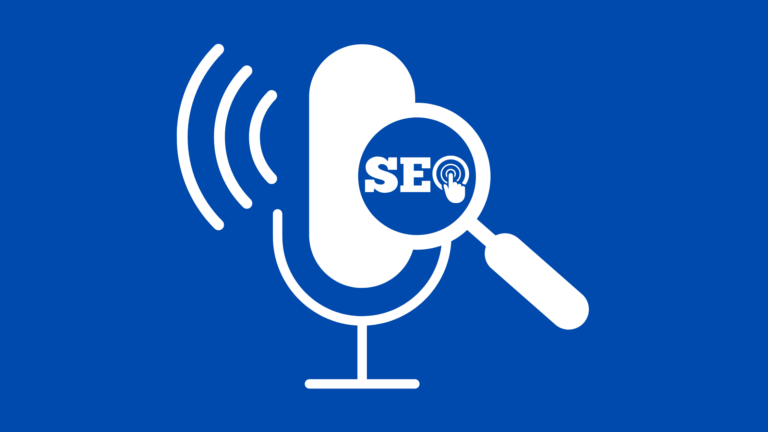Identifying your target audience is crucial for any business. Through digital marketing, you can gather valuable data, segment your audience, create customer profiles, and run targeted campaigns, all of which deepen your understanding of your ideal customers. By leveraging the latest tools and strategies, businesses can not only identify their target audience but also foster stronger relationships and drive growth in a competitive marketplace.
Table of Contents
Understanding Digital Marketing for Audience Identification
Digital marketing uses electronic devices and the internet to connect with both current and prospective customers. With channels like search engines, social media, email, and websites, businesses can gather actionable insights that guide them in pinpointing and connecting with their ideal audience. Here’s how each of these channels contributes to identifying your target market:
1. Data Collection and Analysis
Data is at the core of understanding your audience, and digital marketing provides access to rich data sources. Here’s how data collection works in identifying your target audience:
- Customer Insights: Tools like Google Analytics collect extensive data on website visitors, such as demographics, behavior, and interests. This helps businesses see which groups are engaging most with their products or services. For example, a small e-commerce site might discover through Google Analytics that a significant portion of their visitors are women aged 25-34, informing targeted campaigns.
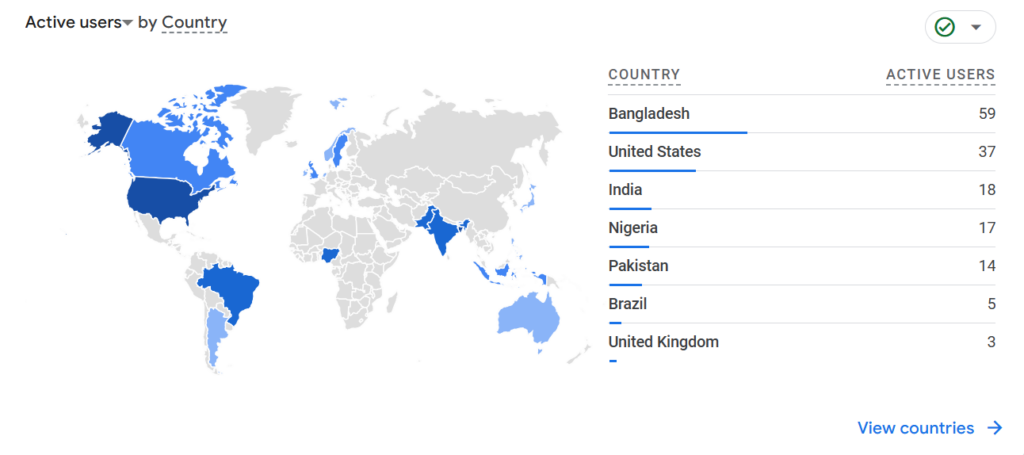
- Behavioral Data: Tools like Hotjar or Crazy Egg use heatmaps and session recordings to analyze how users interact with your website, revealing which pages they visit most frequently and where they might drop off. Understanding these behaviors can help you adjust your site to improve conversions.
Example: A travel agency identified that most of their users spent time on the “Beach Vacations” section but abandoned the cart at checkout. By examining session recordings, they identified confusing language in the checkout process and clarified it, increasing their conversions by 15%.
2. Audience Segmentation
Data is at the core of understanding your audience, and digital marketing provides access to rich data sources. Here’s how data collection works in identifying your target audience:
- Demographic Segmentation: Platforms like Facebook Ads Manager allow targeting based on demographics such as age, gender, income, and education level. This helps you reach specific groups with tailored content.
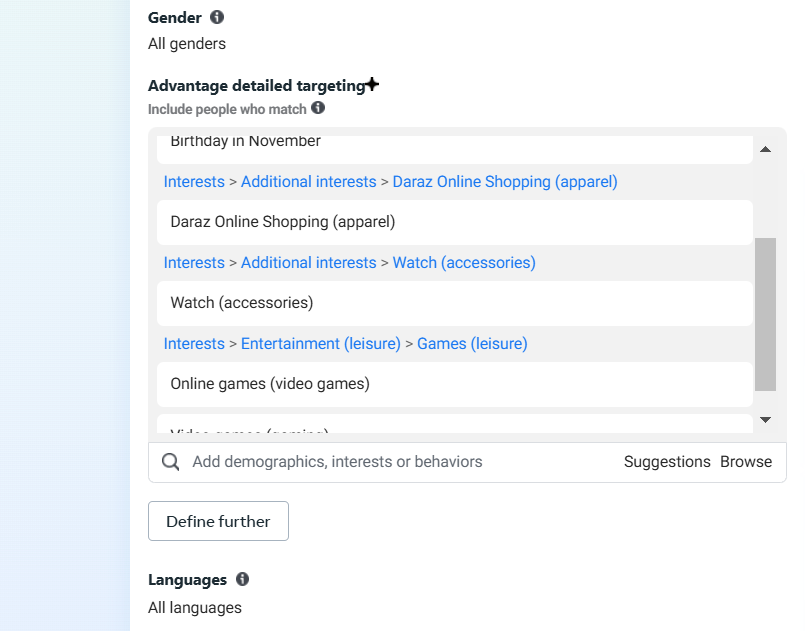
- Geographic Segmentation: Geographic targeting is essential for businesses that operate locally. With tools like Google Ads and Facebook’s location targeting, you can narrow down your audience to specific cities or even neighborhoods.
- Psychographic Segmentation: Social media platforms collect data on user interests, values, and lifestyles, which allows for creating campaigns that resonate on a deeper level. For example, an eco-friendly brand might target users who show an interest in sustainability or environmental issues.
Case Study: A local fitness center aimed to expand its reach to young professionals interested in health. Using Facebook Ads Manager’s psychographic filters, they targeted audiences interested in fitness and wellness, increasing membership sign-ups by 30% within three months.
3. Customer Persona Development
Customer personas bring data to life by creating semi-fictional profiles of your ideal customer, which helps your team understand whom they’re targeting.
- Persona Creation: By analyzing demographic and behavioral data, businesses can develop personas like “Eco-Minded Ellie,” who values sustainability and is a regular social media user aged 25-40. This persona helps shape campaigns that appeal to Ellie’s values and lifestyle.
- Refinement and Testing: Once you develop personas, you can refine them by running small campaigns targeted to each persona and analyzing results. This iterative process ensures your personas align with real customer behaviors.
4. Social Media Insights
Social media platforms provide in-depth analytics that allow you to track follower demographics, engagement, and audience growth.
- Platform Analytics: Tools like Instagram Insights and Twitter Analytics provide follower demographics and engagement statistics, showing who is interacting with your content and what topics interest them.
- Listening Tools: Tools like Hootsuite and Brandwatch help track mentions and conversations around your brand and industry, giving insight into trending topics, customer sentiment, and influencers within your target audience.
5. Search Engine Optimization (SEO)
Optimizing for search engines makes it easier for potential customers to find your business when searching for relevant terms.
- Keyword Research: SEO tools like Google Keyword Planner and SEMrush reveal what terms your target audience is searching for. By optimizing your content for these keywords, you can attract users who are actively looking for your products or services.
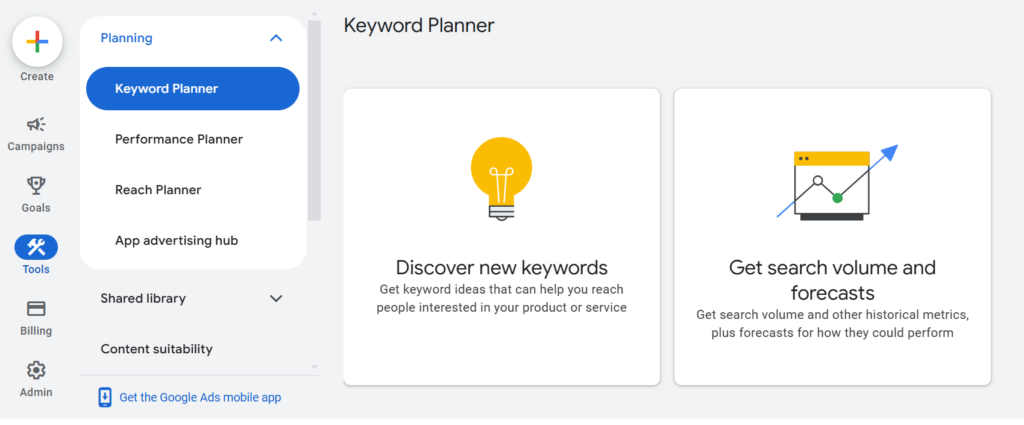
- Competitor Analysis: Analyzing competitors’ SEO strategies reveals insights into shared audience interests. Understanding which keywords they rank for and what content performs well can help you identify opportunities to improve your reach.
6. Email Marketing
Email remains a valuable tool for audience segmentation and targeting.
- Subscriber Data: Email platforms like Mailchimp collect subscriber information, allowing you to segment your audience based on demographics, purchase history, and engagement levels.
- A/B Testing: By testing different elements (e.g., subject lines, content formats, calls to action), you can refine your email content to better resonate with your target audience. Continuous testing and optimization help keep your strategy aligned with audience preferences.
7. Pay-Per-Click (PPC) Advertising
PPC allows businesses to target ads directly to potential customers based on their searches and demographics.
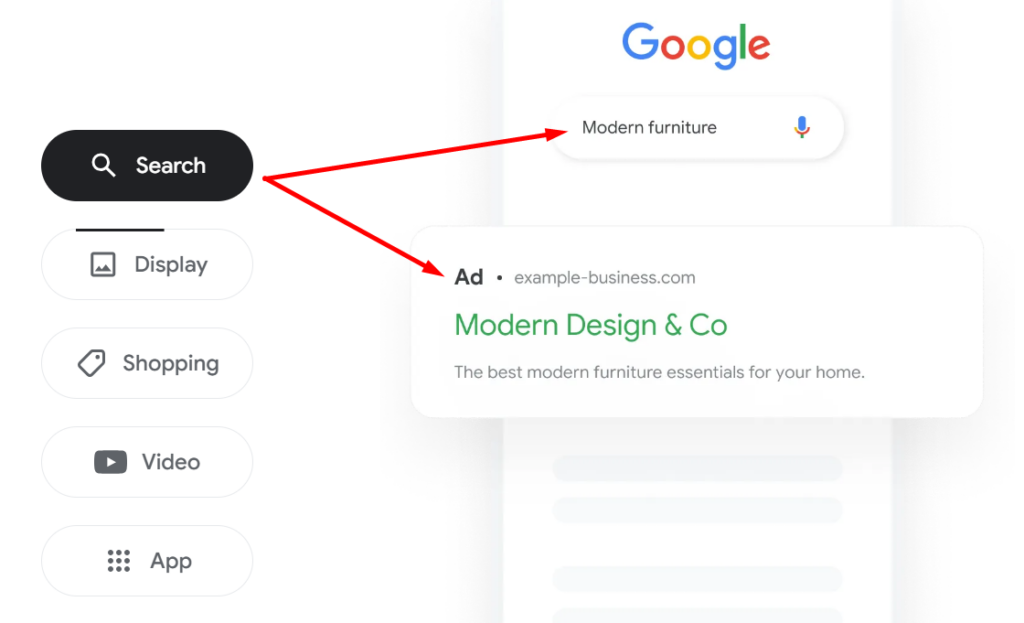
- Targeted Ads: Platforms like Google Ads and Bing Ads enable precise targeting by keywords, demographics, and location, ensuring that your ads reach the most relevant audience.
- Performance Data: PPC campaigns generate detailed metrics, like click-through rates and cost per conversion. Analyzing this data can help you identify which audience segments are most responsive, allowing for smarter ad spending.
8. Content Marketing
Creating valuable content builds credibility and provides insights into what resonates with your audience.
- Engagement Metrics: Metrics such as time spent on page, shares, and comments reveal how users interact with your content, helping you identify what interests your audience most.
- Audience Feedback: Comments, questions, and feedback provide valuable direct insights into your audience’s preferences and concerns, allowing you to adjust your content strategy.
9. Market Research Tools
Conducting surveys, polls, and virtual focus groups provides direct feedback from your audience.
- Surveys and Polls: Tools like SurveyMonkey gather customer preferences and satisfaction levels. Regularly checking in with your audience helps stay updated on evolving preferences.
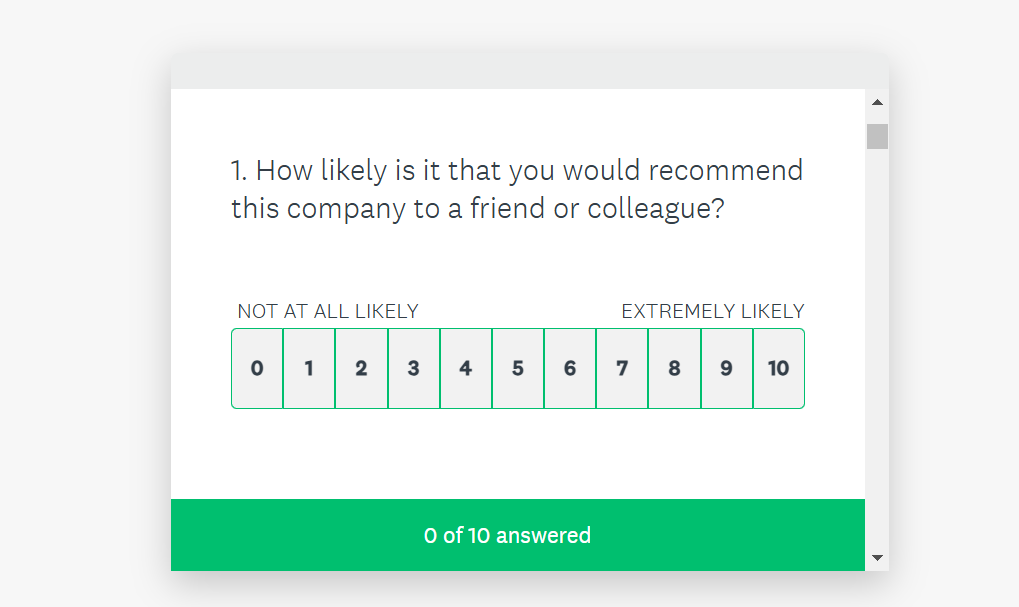
- Focus Groups: Virtual focus groups offer qualitative data, revealing deeper insights into customer perceptions and behaviors.
10. Advanced Analytics and Reporting
Aggregating data from multiple sources gives a comprehensive view of your marketing performance.
- Comprehensive Reports: Digital marketing platforms generate comprehensive reports that consolidate data from various channels. These reports provide a holistic view of your marketing performance and audience insights.
- Predictive Analytics: Tools powered by AI, such as Google’s AI-based marketing solutions, predict future behaviors based on past data, helping businesses anticipate and meet customer needs.
Example: A subscription box service used predictive analytics to identify seasonal spikes in demand, enabling them to run timely, targeted promotions that increased subscriptions by 25%.
Leveraging Technology in Target Market Identification
Advancements in technology have significantly enhanced digital marketing capabilities, enabling more precise targeting.
- Marketing Automation: Automation tools streamline processes, triggering automated campaigns based on customer behavior, ensuring the right message reaches the right audience at the right time.
- AI and Machine Learning: AI algorithms analyze large data sets to identify patterns, enabling predictive analytics that forecast customer behavior. This helps businesses adapt proactively.
- Big Data: Big data tools aggregate data from various sources (social media, customer interactions), providing a deeper understanding of customer behavior.
- CRM Systems: Platforms like Salesforce store customer data, making it easy to track interactions and tailor marketing efforts based on past engagement.
Benefits of Determining Your Target Market through Digital Marketing
Determining your target market through digital marketing offers key benefits:
- Increased ROI: Targeted marketing efforts are more likely to convert, leading to higher returns on investment.
- Enhanced Customer Engagement: Personalized marketing strategies foster stronger relationships with customers.
- Improved Product Development: Insights into customer preferences and behaviors guide product development and innovation.
- Efficient Resource Allocation: Focusing on the most promising customer segments ensures that marketing resources are used effectively.
- Competitive Advantage: Understanding your target market better than your competitors allows you to tailor your offerings and marketing messages more effectively.
Example: Target Market Identification in Action
Consider a small online clothing retailer aiming to expand its customer base. By leveraging digital marketing tools:
- Data Analysis: The retailer uses Google Analytics to identify that most visitors to their website are women aged 25-34.
- Segmentation: They segment their audience based on demographics and interests gathered from social media analytics.
- Persona Development: The retailer creates a persona named “Fashionable Fiona,” a young professional interested in trendy and affordable clothing.
- Targeted Campaigns: They launch targeted social media ads showcasing their latest fashion collections, specifically designed to appeal to “Fashionable Fiona.”
- Performance Tracking: By monitoring ad performance and website engagement, they refine their campaigns to better meet their target market’s preferences.
Conclusion
Digital marketing offers unparalleled tools to help businesses identify and understand their target audience. From data collection to segmentation, persona development, and targeted campaigns, digital marketing provides a deep understanding of customer preferences and behaviors. By integrating technology like AI, predictive analytics, and CRM systems, businesses can refine their approach, build stronger relationships with their audience, and drive growth.
Tip: Stay proactive with continuous testing and analysis. Markets are dynamic, and customer preferences change. Regularly updating your strategies ensures you stay relevant and responsive to your audience’s evolving needs.
